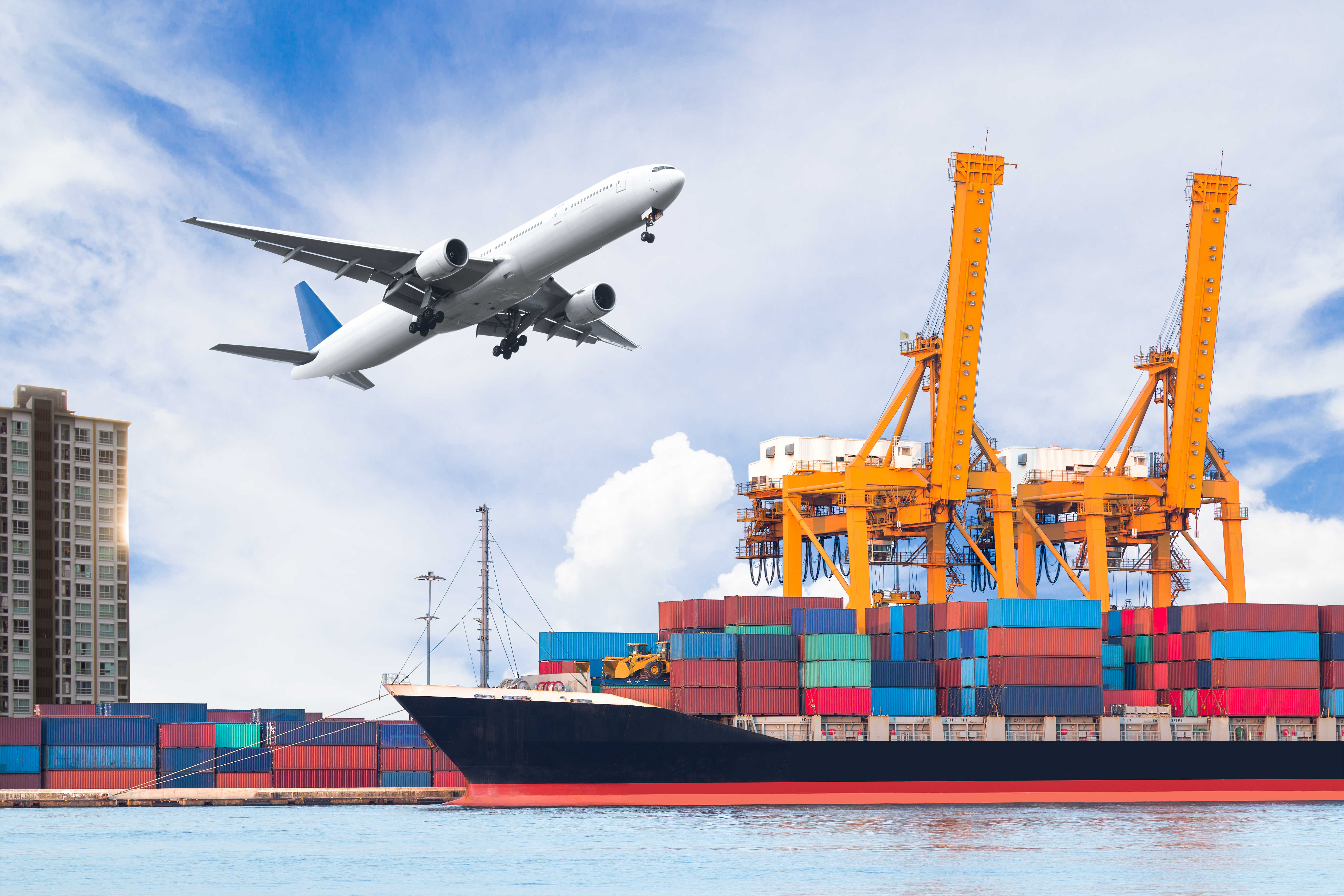We associate pirates with eye patches, beards, swords, parrots and planks. Johnny Depp might even be what first comes to mind when you hear the word pirate. The reality is that pirates are very real, and they are a great threat to shippers all over the world.

Every year the number of pirate attacks in the shipping industry is increasing. According to global piracy reports from The International Chamber of Commerce and The International Maritime Bureau, 2010 was the most dangerous of all recorded years in international shipping. With as many as 53 ships hijacked at sea, 1181 sailors taken hostage and eight people killed. The waters off Somalia accounted for the majority of the hijack incidents, with 92 percent of all ship seizures last year (49 vessels hijacked and 1,016 crew members taken hostage).
Modern pirates can be successful because a large amount of international commerce occurs via shipping. Approximately 80 percent of world trade is moving via ocean shipping. That means that 93,000 vessels and several billion tons of cargo. Today vessels are operating with smaller crews, as technology gets more advanced. This also works in advantage of the pirates, as they move in small crews but heavily armed. In the waters of Somalia and the Gulf of Aden the number of the attacks has been increasing with the collapse of the central government since 1991. Somali pirates are demanding ransoms for up to $10 million, threatening crews and warning the ship-owners that they will ground the ship if their demands are not met. Between 2006 and 2010 there were 1600 piracy acts recorded. In November 2010 a record high ransom was paid to Somali pirates; $9.5 million to release an oil tanker. At the end of 2010, 638 crew members from more than 18 countries were being held hostage by pirates.
Who are these modern-day pirates and how do they operate?

They are Somali fishermen and some are ex-military, many of them between 20–35 years old and come from the region of Puntland, in northeastern Somalia. Somalia is a country that has struggled with famine and poverty for centuries. Modern Somali pirates have small boats, and take advantage of the small number of crew members on modern cargo vessels. They do so quite successfully, unfortunately. Pirate crews are making tens of millions of dollars in ransoms every year. The less “sophisticated” pirates board a vessel and hold up the crew to steal large amounts of cash that many ships carry for payroll and port fees. The trained and experienced pirates are usually members of organized gangs that may take over the ships and hold crews for ransom.

Piracy clearly affects the shipping industry, but how much does it cost us? It is very hard to calculate exact cost for piracy because it is has direct and in direct costs. These attacks do not just effect the shipper directly, the company that owns the vessels, the crew members and their families. It effects the entire industry. One has to account for several things when making an estimate; Ransom cost, Insurance cost and cost of re-routing. And these all are in some ways reflected to shipping rates that importers and exporters are paying. In reaction to the growing threat and cost of ransoms, the maritime insurance industry has responded by increasing its shipping rates and premiums, especially in designated high-risk piracy zones. Shipping insurance comes in four main types: war risk, kidnap and ransom, cargo, and hull insurance. Rerouting ships via longer but safer voyager also has its costs to the vessel operators.
 The most recent incident was the vessel MSC Panama, the 1,743 TEU ship and its 23 crew members were held captive for 8 monts. The vessel was seized by Somali pirates on December 10th 2010, and released August 8th of this year for a $7 million ransom. The ship was seized by five heavily armed pirates in the Indian Ocean south of Tanzania, on its way to Mozambique. The attack was relatively far to the south of the region where most attacks have occurred in the past two years, evidence of the expanding reach of the piracy that has troubled trade near the East Coast of Africa. Several ships are being held hostage at this very moment, with over 250 crew members in total.
The most recent incident was the vessel MSC Panama, the 1,743 TEU ship and its 23 crew members were held captive for 8 monts. The vessel was seized by Somali pirates on December 10th 2010, and released August 8th of this year for a $7 million ransom. The ship was seized by five heavily armed pirates in the Indian Ocean south of Tanzania, on its way to Mozambique. The attack was relatively far to the south of the region where most attacks have occurred in the past two years, evidence of the expanding reach of the piracy that has troubled trade near the East Coast of Africa. Several ships are being held hostage at this very moment, with over 250 crew members in total.
Global awareness of piracy has increased significantly these past years, but unfortunately no answer has been found in how to prevent these attacks from occuring. Until then the attacks will continue and the cost will be reflected on everyone in the industry.




